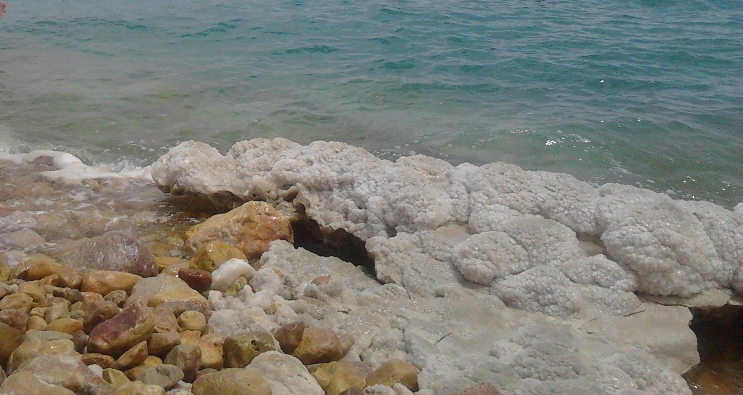

Home » Marine Cosmetic Ingredients
|
The Cosmetic Industry is moving from “Green Beauty” to “Blue Beauty”. A Blue Beauty is gaining lots of attention not only for its focus on ingredients and packaging, but for its recent focus on innovations in marine ingredients and their benefits and opportunities in skincare products – including, cleansers, moisturisers, serums and more. In addition, Blue Beauty has a high focus on ocean-friendly packaging, ingredients, and sustainable sea & ocean resources. The Global Marine Ingredient Market was recently valued at $3.7 billion* (USD) in 2022 and is projected to reach $5 BILLION (USD) by 2026
A In recent years, the consumer market has not only shown a growing desire for natural ingredients, but also a desire and demand in more marine-based cosmetic products. For years, marine resources have been used for food, yet studies are showing our sea and oceans are capable of supplying new active ingredients containing extracts and various molecules beneficial for use in the Blue Beauty world. A For the cosmetic formulator, marine ingredients are available in two forms: liquid & powder. Marine Ingredients in high demand are: © Seaweed (macroalgae) © kelp © phytoplankton © red algae © brown algae © dead sea minerals © seawater © pearl extracts The main sources of marine ingredients are algae, which contain various antioxidant compounds, vitamins, minerals, fatty acids, and amino acids. They are also rich in polysaccharides, used as thickeners to form gels. A Macroalgae are also known as seaweed – there are different classes of seaweed, although brown seaweed is most found in cosmetics. Seawater contains many substances necessary for the development of living beings. Some of these components are minerals, and their composition varies depending on where the seawater was collected Pearls can also be used as cosmetics ingredients. They are mainly composed of calcium carbonate and conchiolin, a complex protein secreted by molluscs as they produce the pearl. Another interesting ingredient that doesn’t come directly from the sea but sea coasts is Sea Fennel, also known as rock samphire. It is an edible wild plant that grows on maritime rocks along the Mediterranean, Pacific, and Atlantic coasts.
A The Blue Beauty products from the sea are friendly to the oceans, and sustainable! |
| A Netanel Neuman Website |

